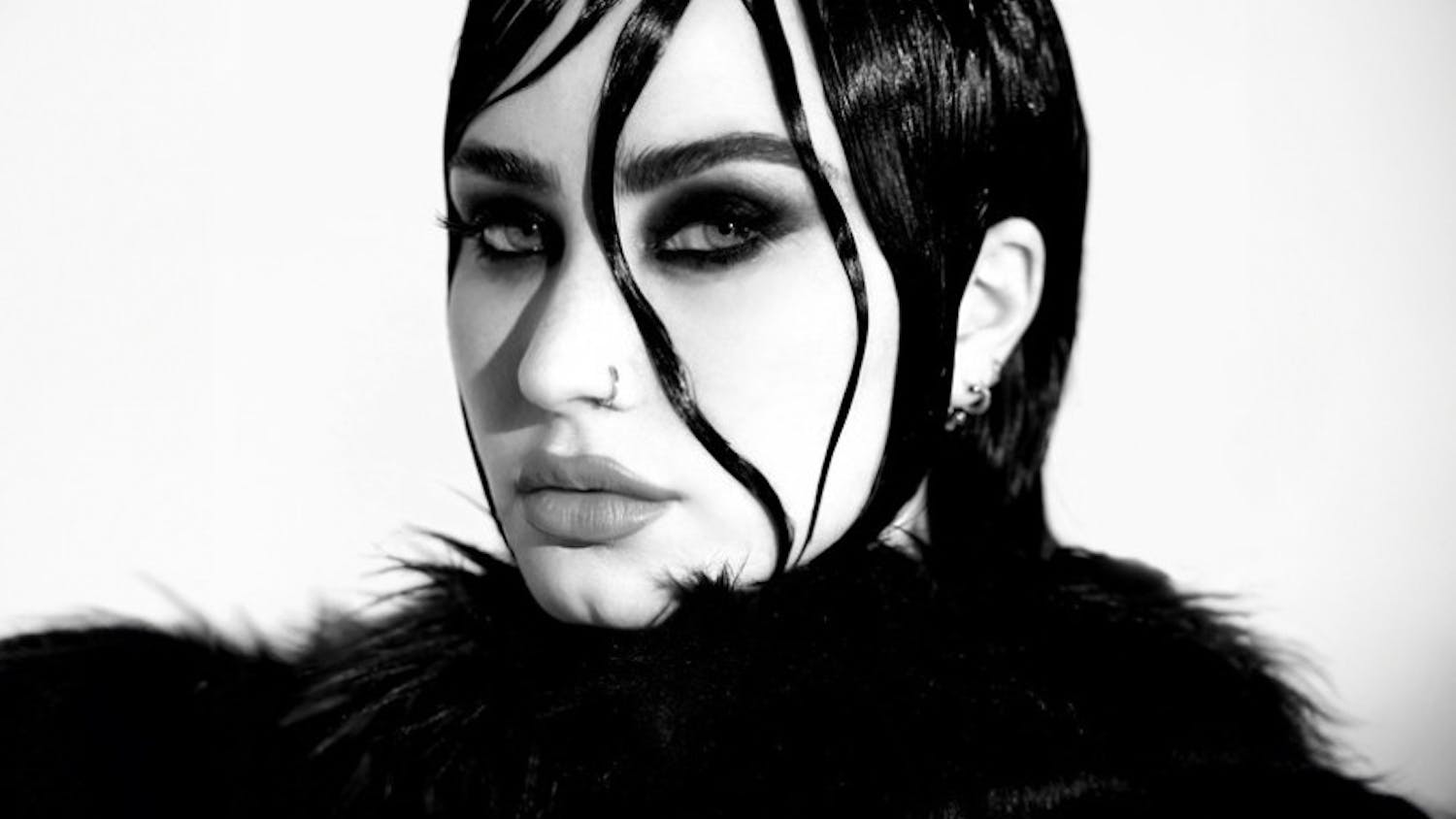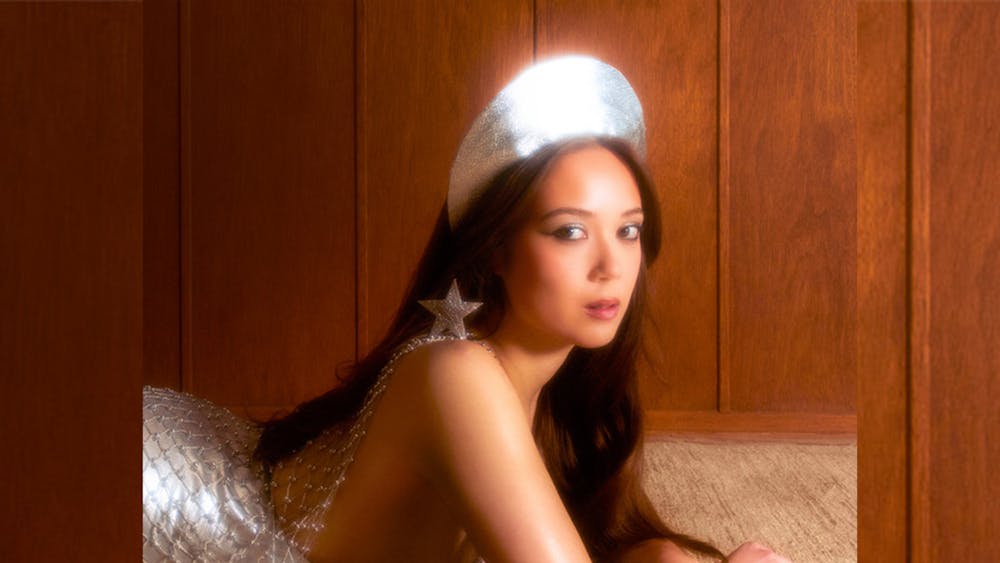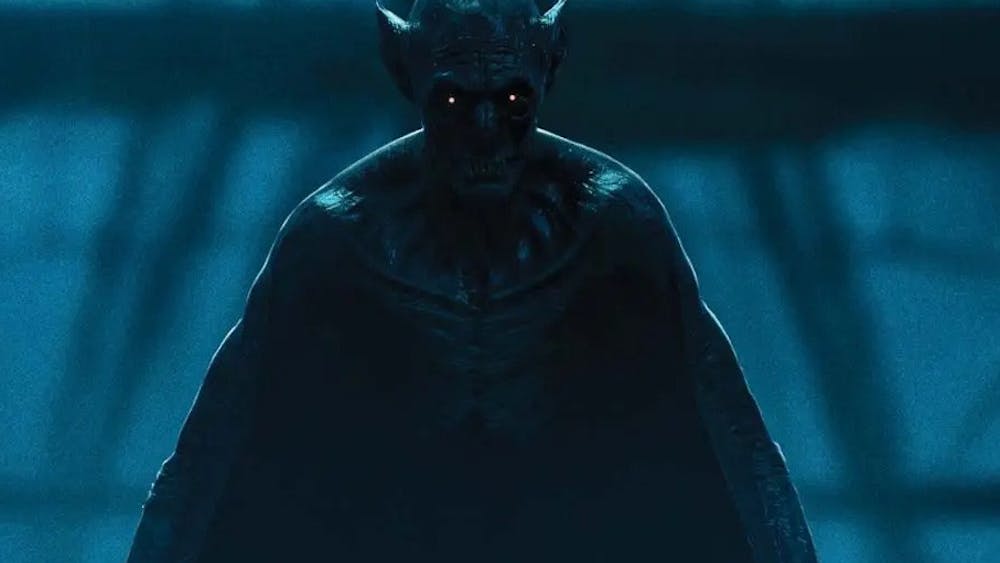Bavaria, the largest and arguably best-known state of the German Länder, is seen by many as a microcosm of the country as a whole. The picturesque landscape is dotted by castles, perched precariously on mountains and the towns are full of the traditional cross-timbered houses nestled behind blooming gardens. This is the land of the coocoo clock, the smoke-filled beer hall and the oompah band.\nThe Munich rules Bavaria as the undisputed cultural center. Renowned for its beer halls and burgeoning high-tech industry, it is a city with a tainted past. As the birthplace of the Nazi party in the 1920s, it was where Adolph Hitler first tried to seize power from the Beer Hall Putsch of 1923. Dachau concentration camp lies only a short train ride away from the city center -- 20,000 people were killed while doing forced labor within 10 miles of the daily life of Munich.\nI came back to Munich after a three-year absence. Not too much seemed to have changed -- with the exception of the currency. Last time I was in Europe, the Euro had yet to be introduced, and Germany was still using the Deutschmark. I had a little more time in Munich this time around, so I decided for a day to venture beyond the city to the town of Füssen.\nFüssen is the closest town to Neuschwanstein -- the fairy tale castle built by King Ludwig II of Bavaria. Known as the mad king, he built Neuschwanstein castle as a tribute to the operatic works of composer Richard Wagner. All work on the castle was halted upon Ludwig's death and the castle remains unfinished, but stands as a testament to both the king and Wagner. \nNeuschwanstein is one of the most opulent castles I have ever seen. The interior is laden with gilded surfaces, priceless works of art and extensive woodworking. The fairy tale association with Neuschwanstein is not accidental -- it is rumored Cinderella's castle at Disney World is based upon the Bavarian original. \nAfter a short ride back to Munich, I wandered around the city center, catching the New Town Hall's famed Glockenspiel. The clock, which has animated characters enacting a medieval festival draws tourists and locals alike to watch its twice-daily pageant. Just a stone's throw away is the Frauenkirche, distinctive among German churches for its large blunted domes on the towers.\nInside the Frauenkirke is one of the more interesting myths of Munich. On the floor there is a set of black footprints -- supposedly left by the devil himself. The devil walked into the church, pleased that he could see no images of Christ. Feeling proud of what surely must have been his handiwork, he took another step further into the church. Then he saw what was truly inside -- images of Christ everywhere. Upset with himself, he stamped his feet on the ground before leaving, permanently marking the floor with his footprints. \nAnd of course, no trip to Munich is ever complete without a stop inside the beer halls for which Bavaria is renowned. Clinking glasses and oompah bands fill the background as the tourists and Germans alike drink a maß -- the liter glasses in which beer is sold. From the touristy Hofbräuhaus to the more authentic Augustiner beer hall, the beer is an integral part of the Bavarian culture and exactly where I ended my trip. Prost!
Beer steins and fairy tale castles
Get stories like this in your inbox
Subscribe





